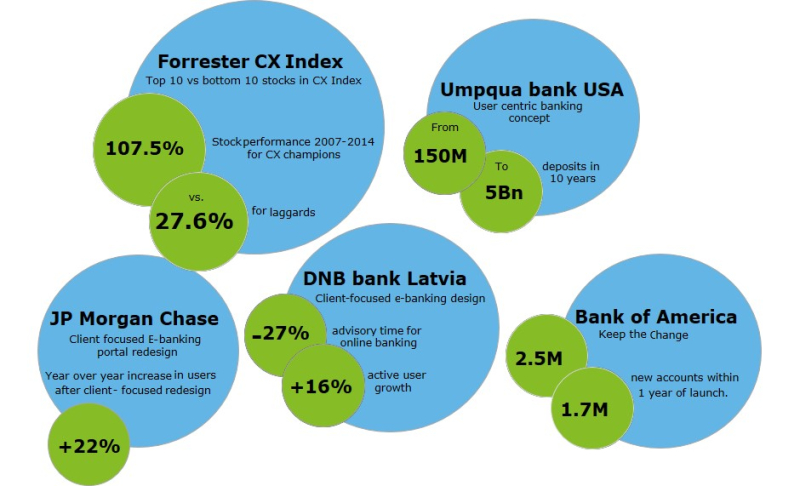It’s not a good thing if your customers can’t tell you apart from your competition. But according to the latest global survey by Ernst & Young, this “sameness” of traditional banks is one of the biggest challenges they are facing right now. Compounding the sameness is a sense that it’s all about transactions. A recent Accenture survey found that most consumers (79%) define their banking relationship as transactional, rather than advice-driven. These consumers said their relationship with their bank is defined by simple transactions like paying bills and receiving checking account statements.
Fintech is encroaching
Transactional sameness. Those two dire customer indictments should be a rousing wake-up call across the industry. Because in the meantime, customers are questioning if their bank fulfills their needs, especially when compared to the new alternatives on the market. Fintech has been making small but incremental gains. For instance –just over 40% of consumers have already used an online/mobile only non-bank financial product or service in the last year in the last year, with 20% planning to try them for the first time. Meanwhile, 6% of global consumers have moved their primary relationship to new companies that offer simpler technology and services than traditional banks.
While traditional banks still “own” the primary financial services relationship for most consumers, fintech and other new market players have developed superior customer experiences and captured a significant market share in some markets. If traditional banks are going to survive, they must create personal and streamlined customer experiences to stand out to their customers.
And payments will be efficient and cheaper…
As the banking system is forced to open up in the name of fair competition, they need to invest in the customer experience or lose their position of trust. Then there is Second Payment Services Directive (PSD2) which will force banks to provide account data to non-banks requiring them. Rather than asking the banks for the payments, the apps can grab the payments directly. In short, PSD2 will be transformative, making payments safer, increasing consumer protection and convenience, and encouraging lower prices for payments.
How can banks stand out?
With fintech encroaching and PSD2 transforming payments, banks still have a huge advantage for thriving in this rigorous environment. They have the currency of trust. They have the opportunity to leverage the trust of millions of customers who interact with them every day. But it has to approached in a whole new way. The EY survey recommends “a new emphasis on simplicity and convenience of interactions across a variety of channels, along with responsiveness to consumer requests and a proactive approach to continual engagement with customers.” That includes:
- Radically simplifying the customer journey
- Providing truly end-to-end customer engagement with fully integrated channels
- Simpler, more transparent products that are easier to understand
Each effort has to be aimed at helping customers improve their financial well-being. These have to be meaningful experiences that seamlessly integrate with the client’s life. When banks embrace a CX perspective, consider the impact in their market:
 (Source: Deloitte Digital, American Banker, DNB Latvia, Forrester / Watermark, Harvard Business Review)
(Source: Deloitte Digital, American Banker, DNB Latvia, Forrester / Watermark, Harvard Business Review)
“You‘ve got to start with the client experience and work backwards to the technology” – Steve Jobs
The time is now to master the customer experience and show your customers that you are indeed paying attention to them and building your business to serve them. The focus can’t be on the transactional element of the relationship, but rather on serving as a trusted advisor and partner through life’s financial decisions.




 Interaction Management Hub
Interaction Management Hub Secure Messenger
Secure Messenger Video & Voice
Video & Voice



